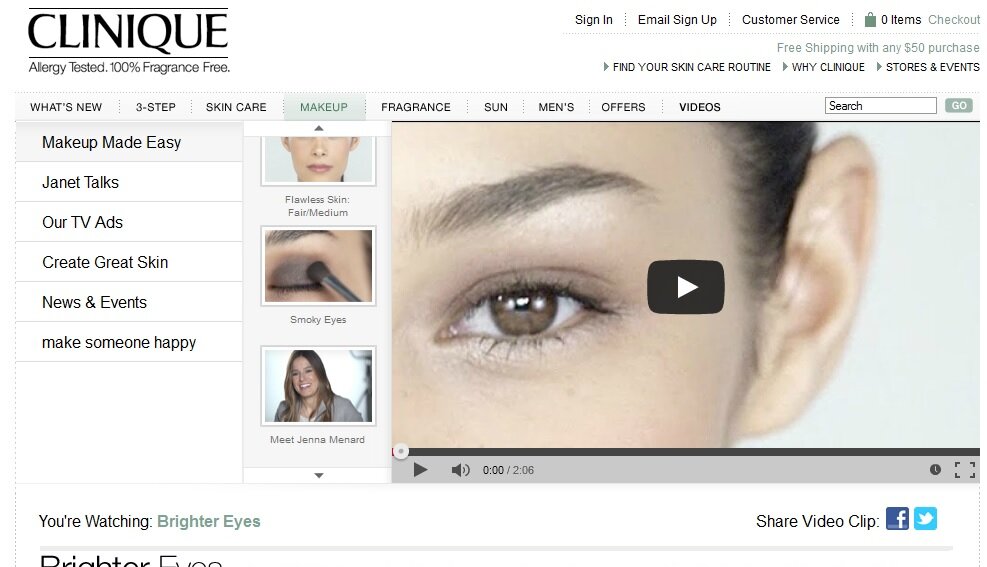Three essential types of video content
July 9, 2013 Leave a Comment
In the ramp-up to the 2013 holiday season, merchants would be wise to maximize their video offerings. After all, with the web becoming an increasingly visual medium, videos are increasingly proving themselves to be a valuable selling tool. Nearly 60% of consumers say they’re more confident about online purchases thanks to product videos, and 44% say they purchase more on sites that provide videos, according to research from the E-Tailing Group and MarketLive technology partner Invodo. Brand engagement also receives a boost from videos, the E-Tailing Group found: more than half of consumers are willing to stay longer and report being more engaged with sites that offer video.
But with video production representing a significant investment, now is not the time for merchants to fritter away time or resources on videos that don’t contribute to the bottom line. During a recent MarketLive webinar, Invodo outlined what kind of video content best aids conversion — and the winning component is practicality.
While home page videos that evoke the brand’s lifestyle can be appealing, consumers’ top priorities are for video content that addresses more concrete concerns. The E-Tailing Group study found that shoppers are most willing to spend time with videos that educate them about a particular product category, while videos that demonstrate how to use an individual product came in a close second; pure branding videos were less likely to hold their attention. As a corollary, when it comes to location, 55% of shoppers prefer to consult videos as part of the deep consideration process that takes place on the product page; by contrast, viewership of home page videos has fallen by nearly 18% since 2011 — suggesting that the more generic type of content likely to be featured there is less sought-after.

As a result, merchants should focus their video content to inform shoppers at every point along the path to purchase. Subject matter to cover includes:
Problems and solutions. Create videos centered around common shopper concerns or challenges, such as swimsuit fit for an apparel merchant or wet weather preparedness for a camper. For example, beauty manufacturer Clinique offers a video category titled “Makeup Made Easy,” which offers quick tips to simplify beauty routines — thereby helping time-pressured customers win back precious minutes.

Buying guides. Help shoppers navigate among the choices in a particular product category with video buying guides that step them through the factors they should consider. REI’s fitness monitor buying guide outlines the types of data collected — temporal, spatial, bodily and environmental — and goes on to explain how the monitors work. Armed with such information, consumers can go on to compare products in the category.

Product demonstrations. At the most detailed level of the purchase consideration process, videos that show how to use individual products help consumers see concretely whether the item is a fit for their needs. MarketLive merchant Brickhouse Security offers detailed videos that demonstrate products in action, helping shoppers see not only all the features, but also the size of the product in relation to people and other objects.

Since scale is an important consideration, to maximize their efficacy, product videos should feature people using the items — not just static product shots. Specifically when it comes to apparel, video can be a powerful tool to help surmount the fit hurdle: 43% of shoppers said product videos showing garments on human models can help them ascertain whether the items are right for them, according to the E-Tailing Group study.
What kinds of video do you plan to feature during the peak holiday season?
Connect with us: